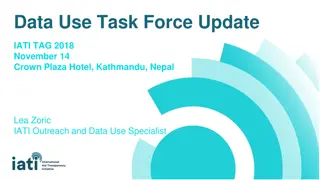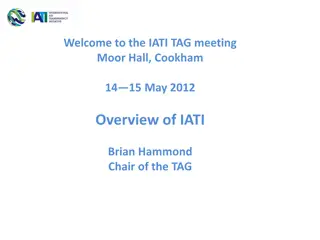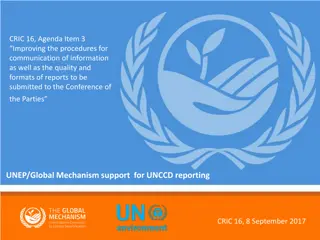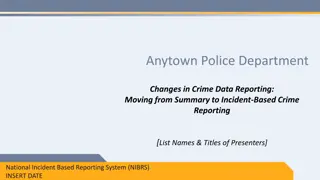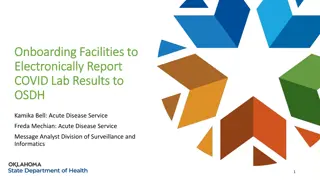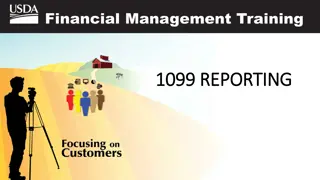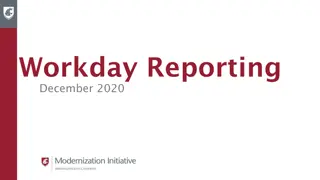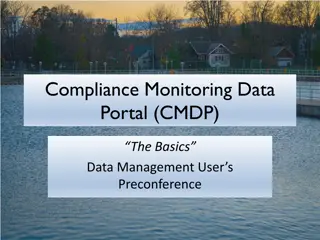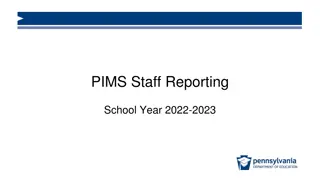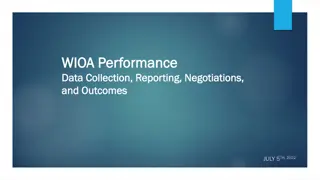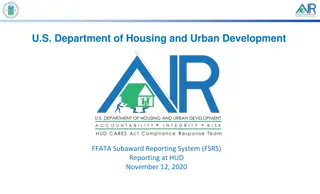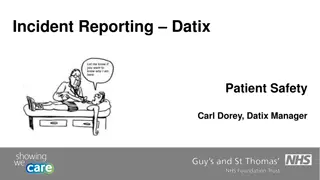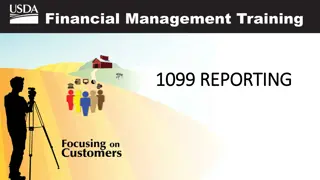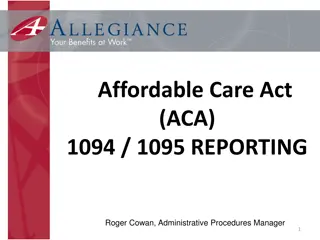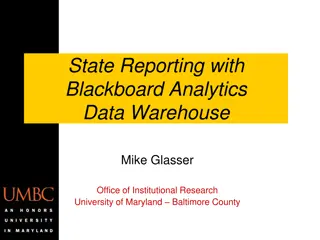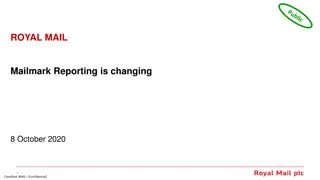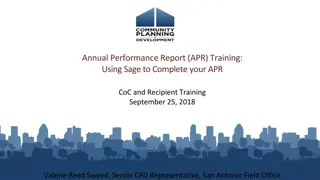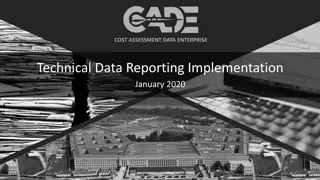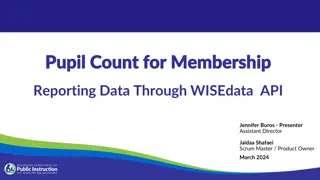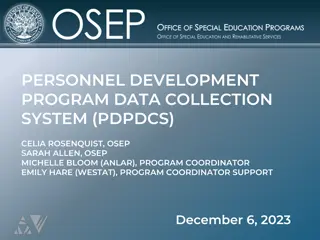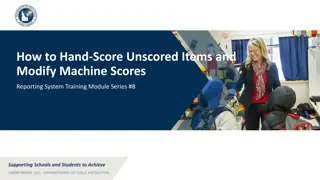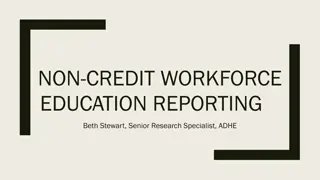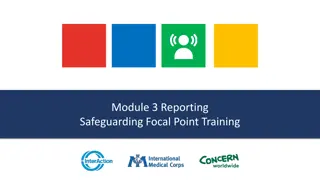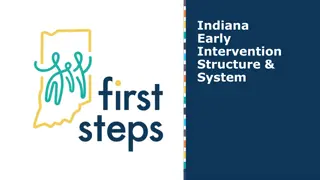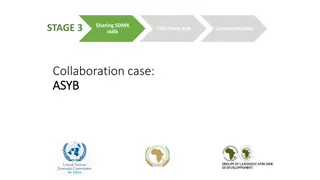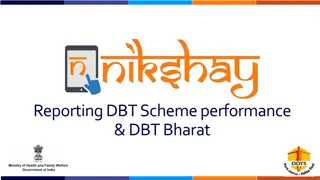Utilizing IATI Data in AIMS for Effective Reporting
Discover how to integrate IATI data into your Aid Information Management System (AIMS) for streamlined reporting. Explore real-world case studies, learn about essential terms, and understand the benefits for both development partners and recipient country governments. See how tools like DG's IATI-AIMS Import Tool facilitate data import and integration, enabling more efficient reporting processes. Take the next step in enhancing your reporting capabilities with IATI data.
Download Presentation

Please find below an Image/Link to download the presentation.
The content on the website is provided AS IS for your information and personal use only. It may not be sold, licensed, or shared on other websites without obtaining consent from the author. Download presentation by click this link. If you encounter any issues during the download, it is possible that the publisher has removed the file from their server.
E N D
Presentation Transcript
IATI to AIMS Take the next step and learn how to use IATI data to report to country AIMS
Session Outline Introduction Demo of IATI-AIMS Import Tool USAID, Nepal, and Madagascar case studies and lessons learned Exploring the IATI-AIMS Import Tool (hands-on) Group Discussion Close-Out
Terms to Know Aid Information Management Systems (AIMS): Systems used by country governments to track development assistance. Aid Management Platform (AMP): A type of AIMS created by Development Gateway (DG), used by over 25 countries. Configuration and processes are unique to each country. Module de Gestion de l Aide du Gouvernement (MDAE): Haiti s AMP (in French).
If Im a development partner, why should I care about using IATI data in AIMS? 1. Country office staff are expected to enter project data into AIMS, often quarterly. Using IATI data could reduce time spent manually reporting data. 2. Or, if you don t have in-country staff but are providing funding, government might not be accounting for your funding 3. Making sure project data is the same everywhere it s published. 4. Country office might be missing data on initiatives managed by headquarters.
If Im a recipient country government, why should I care about using IATI data in our AIMS? 1. Incentivize development partners to publish by making the process simpler to report. 2. Might be missing data on initiatives managed by organization s headquarters, or those that don t have in- country staff. 3. Sometimes IATI has more data than what country offices are willing to manually report.
DGs IATI-AIMS Import Tool Latest version: Uses IATI API to pull data automatically from IATI, allows users to filter data, match to projects in AMP, map IATI fields to AIMS fields, and import. Optimized for the AMP, able to integrate with other systems. Open source, available on GitHub. Demo:
USAID - Data Updates Activity IDs Aligned IATI activity ID s with USAID award ID s Reduce Data Noise Rolled up small administrative and operating expense activities into larger activities Improve Descriptive Quality Incorporate other internal sources of data to improve the quality of activity titles, descriptions and dates Improve Internal Processes Created internal process to compile and report data necessary for AIMS reporting such as subnational geo-coded data
USAID - IATI-AIMS, Lessons Learned Improve internal knowledge of IATI Partner country buy-in Analysis of IATI data compared to manual input Highlight successes Internal and external Understand country context IATI data translation
Space holder for Madagascar slides
Hands-on Exercise http://amp-haitiiati-develop-tc9.ampsite.net login: iatidemo@amp.org pw: iati2018
Table Discussion Did you identify changes that would need to be made to your data? What would it take to start using your IATI data in country AIMS?
Stay in Touch! Taryn Davis Holland: tdavis@developmentgateway.org


